taijiquan: rooted in Taoism (Part 3)
Par un écrivain mystérieux
Last updated 07 juillet 2024

Statue of Chen Wangting in Chenjiagou (Chen Village), with Chen Bing in the foreground. Chen Wangting (1600-1680) was a Chinese military officer during the last years of the Ming empire. When the Ming dynasty collapsed, he retired to Chen village (Chenjiagou), and created Chen Family Taijiquan. The following passage is from C.P. Ong's book, Taijiquan:…
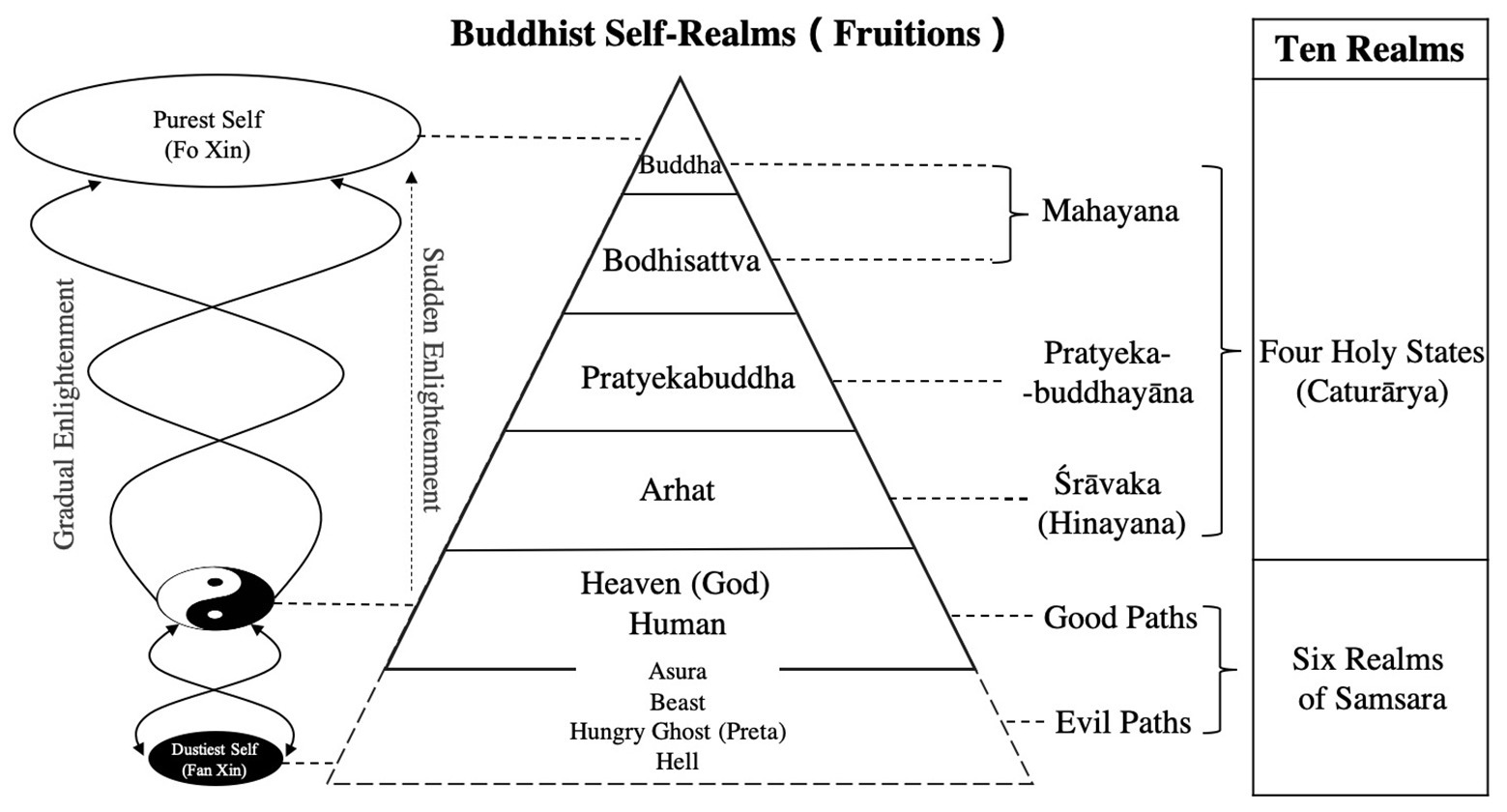
Frontiers The Taiji Model of Self II: Developing Self Models and Self-Cultivation Theories Based on the Chinese Cultural Traditions of Taoism and Buddhism
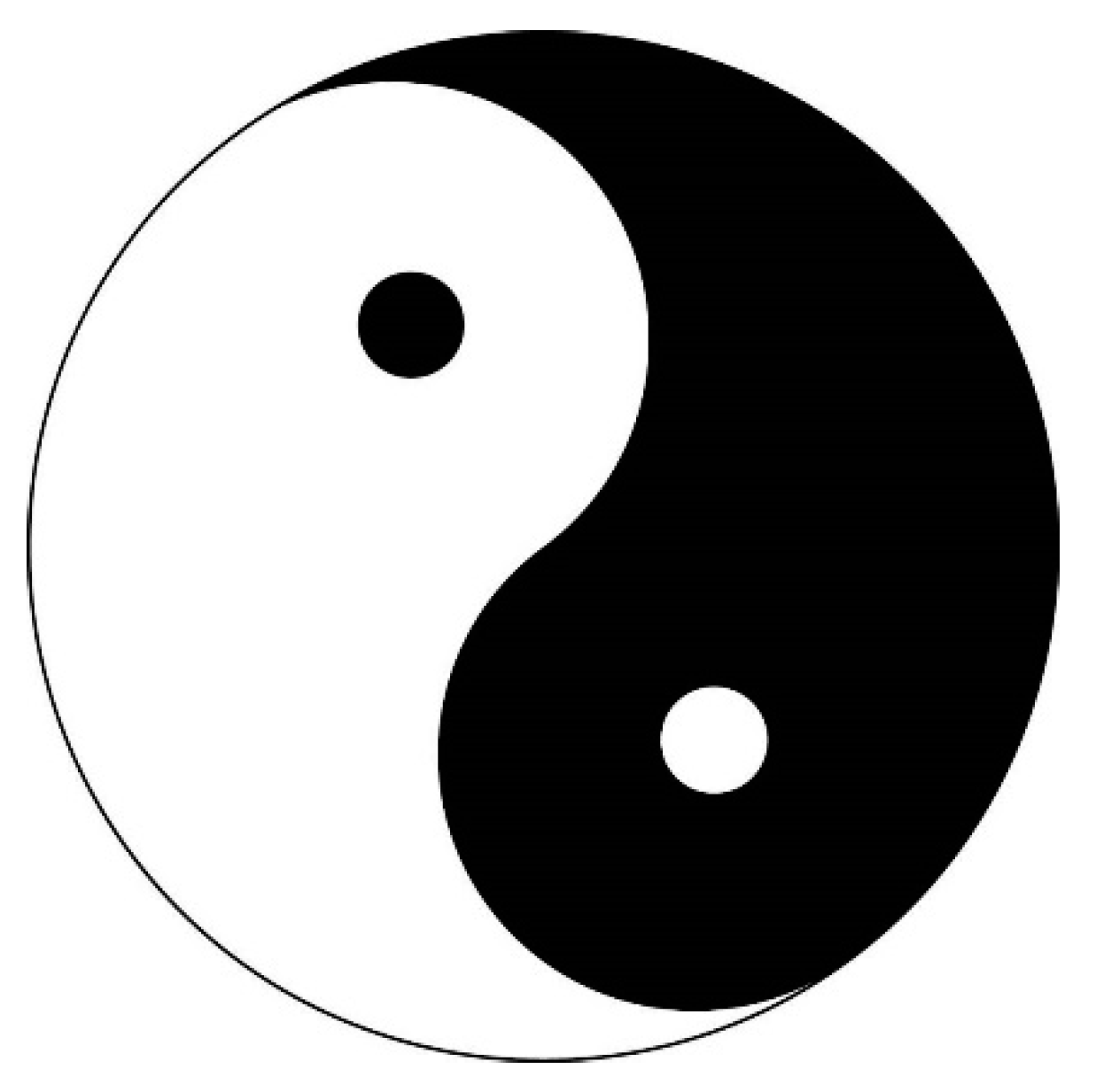
Religions, Free Full-Text

Taijiquan: Teaching Daoism through Experiential Arts Learning - Association for Asian Studies
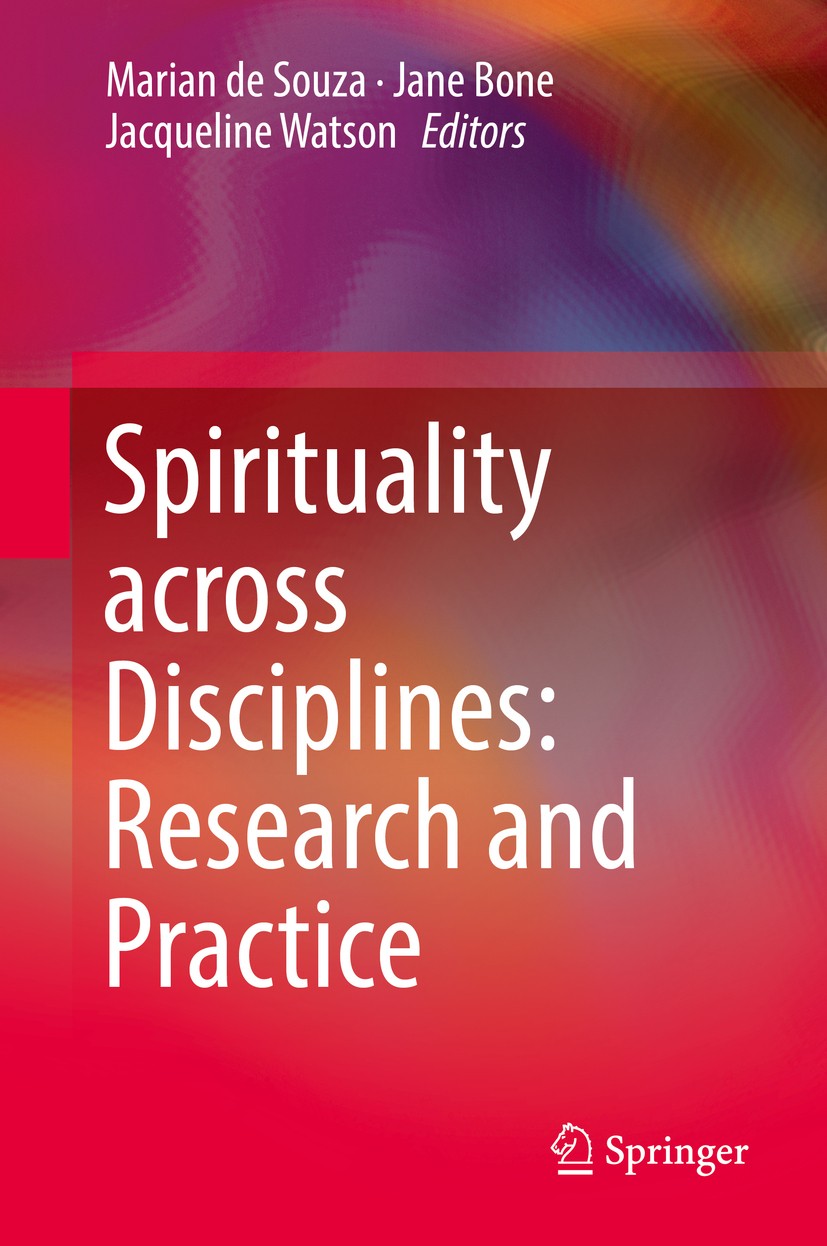
Taoism Through Tai Chi Chuan: Physical Culture as Religious or Holistic Spirituality?
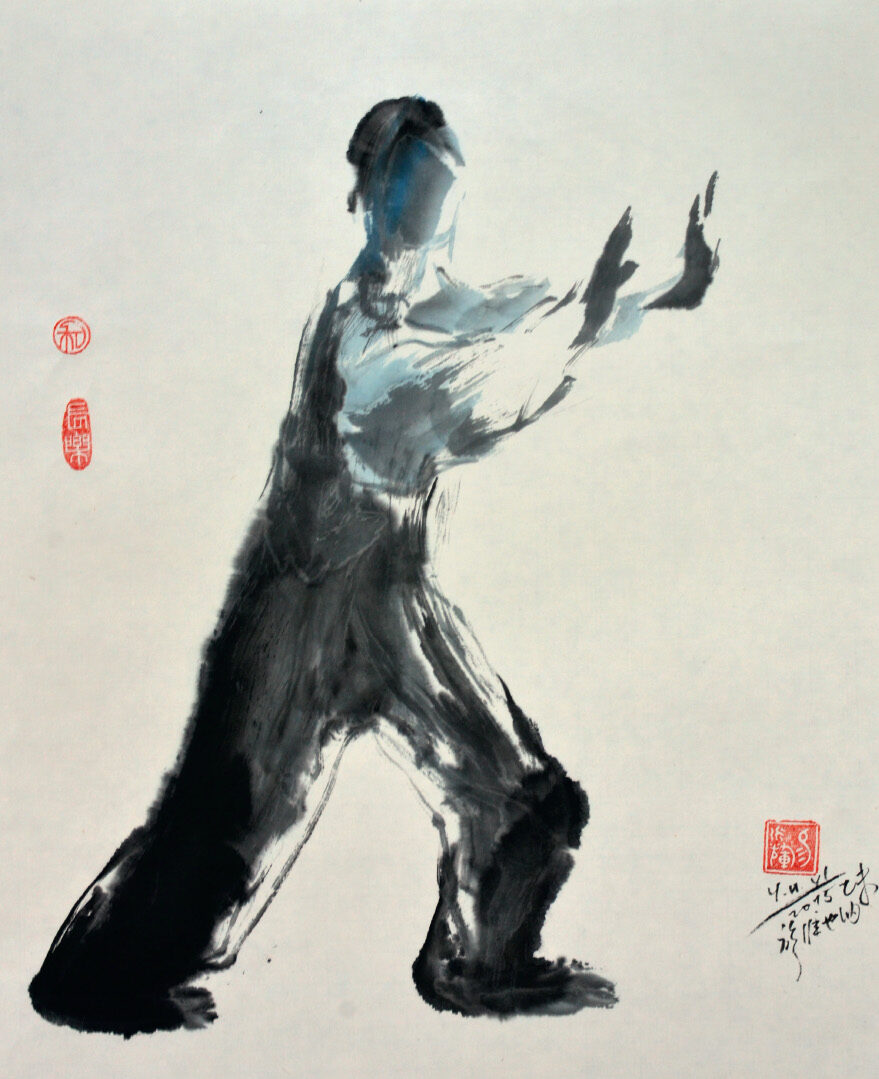
Tai Chi History - Taiji Forum
:max_bytes(150000):strip_icc()/Jiajing_Emperor_on_his_state_barge-5907d7cb3df78c92832db773.jpg)
Taoism History and Major Events in Chinese Dynasties

The Principles and Practice of Taijiquan: Volume Three: Pushing Hands by Andrew Townsend

Ternary Taiji Models of the Traditional Chinese Self: Centered on Confucian, Taoist, and Buddhist Cultures - Zhen-Dong Wang, Feng-Yan Wang, 2021
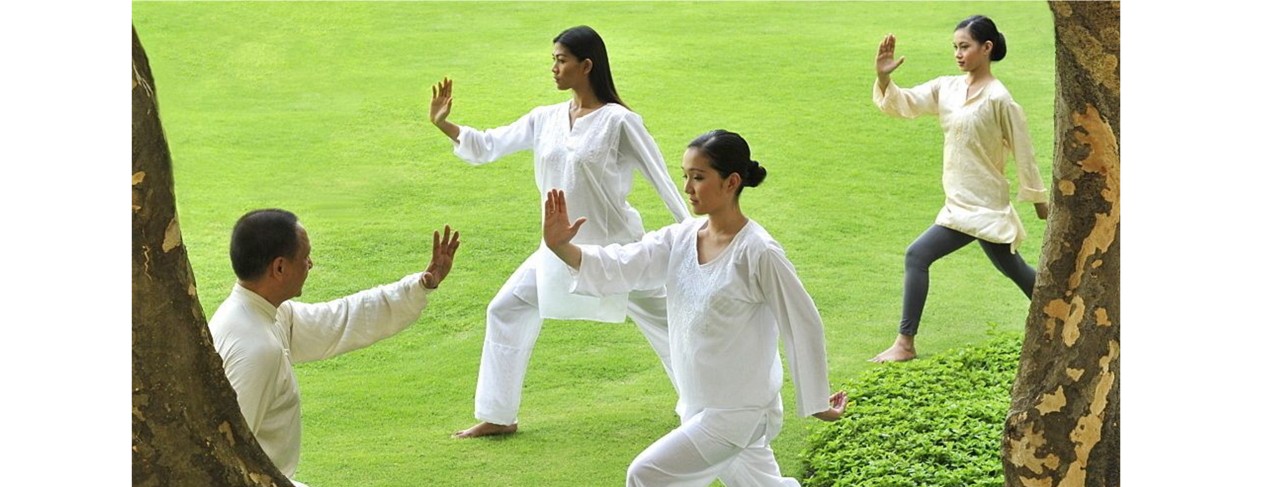
The Meaning of Tai Chi and its Application

Taoism - Wikipedia
Recommandé pour vous
 i.pinimg.com/736x/e6/09/ad/e609adea60bc0efe98da04414 Jul 2023
i.pinimg.com/736x/e6/09/ad/e609adea60bc0efe98da04414 Jul 2023 Lan Chen (Bing Yun), Soul Land Wiki14 Jul 2023
Lan Chen (Bing Yun), Soul Land Wiki14 Jul 2023 Taijiquan books Authentic Chen's Taijiquan Chen Bing Chen's Taijiquan Introduction Book - AliExpress14 Jul 2023
Taijiquan books Authentic Chen's Taijiquan Chen Bing Chen's Taijiquan Introduction Book - AliExpress14 Jul 2023 Chen Bing Taiji Academy Chile14 Jul 2023
Chen Bing Taiji Academy Chile14 Jul 2023 Remembering “The Father of Chinese Painting in the Philippines”, 98.7 DZFE14 Jul 2023
Remembering “The Father of Chinese Painting in the Philippines”, 98.7 DZFE14 Jul 2023- Chen Bing14 Jul 2023
 BOSCO BAEK14 Jul 2023
BOSCO BAEK14 Jul 2023 Taiji in Chenjiagou :: Behance14 Jul 2023
Taiji in Chenjiagou :: Behance14 Jul 2023 mudrock and mudrock (arknights) drawn by xiangcao_xing_chen_bing14 Jul 2023
mudrock and mudrock (arknights) drawn by xiangcao_xing_chen_bing14 Jul 2023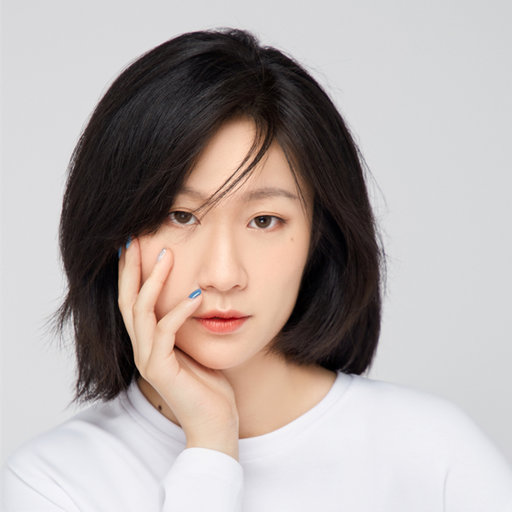 Chen BING, Ecology Doctor, ph.D, Fudan University, Shanghai, School of Life Sciences14 Jul 2023
Chen BING, Ecology Doctor, ph.D, Fudan University, Shanghai, School of Life Sciences14 Jul 2023
Tu pourrais aussi aimer
 Mack Crochet pour mur 180x3,5 mm 100 pièces14 Jul 2023
Mack Crochet pour mur 180x3,5 mm 100 pièces14 Jul 2023 SAC REPAS ISOTHERME PERSONNALISABLE - COLLECTION AUGUSTINE14 Jul 2023
SAC REPAS ISOTHERME PERSONNALISABLE - COLLECTION AUGUSTINE14 Jul 2023 Luckview BM1 Baby Car Camera, 5'' 1080P Mirror Monitor with IR Night Vision, 3X Zoom in Closer, Full Crystal Clear View for Back Seat Rear Facing, 514 Jul 2023
Luckview BM1 Baby Car Camera, 5'' 1080P Mirror Monitor with IR Night Vision, 3X Zoom in Closer, Full Crystal Clear View for Back Seat Rear Facing, 514 Jul 2023 HOMEOW 5m Bandeau Led 220v 230v Dimmable Blanc Froid 6000K, IP6714 Jul 2023
HOMEOW 5m Bandeau Led 220v 230v Dimmable Blanc Froid 6000K, IP6714 Jul 2023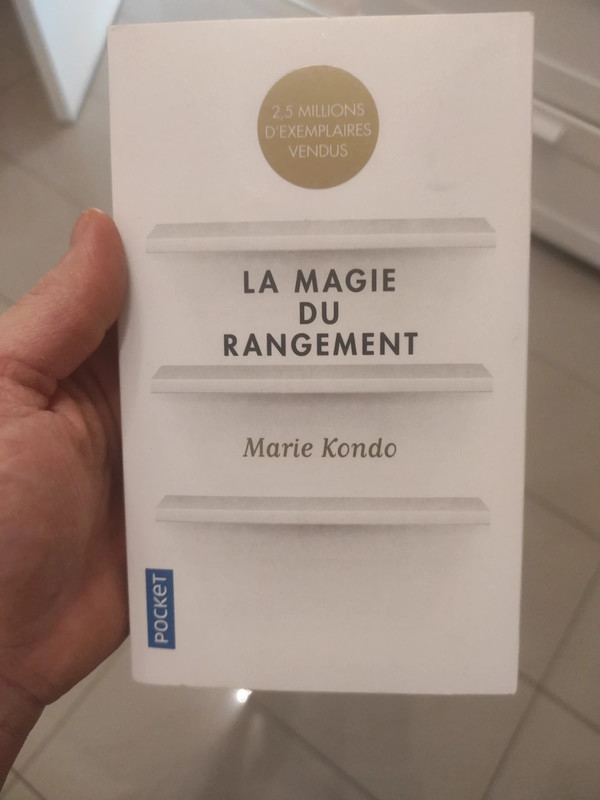 La magie du rangement de Marie kondo - Vinted14 Jul 2023
La magie du rangement de Marie kondo - Vinted14 Jul 2023 Biberon elhee 330ml oats - Chez Pierrette14 Jul 2023
Biberon elhee 330ml oats - Chez Pierrette14 Jul 2023 Coefficient de conversion du gaz m3/kWh : calcul et communes14 Jul 2023
Coefficient de conversion du gaz m3/kWh : calcul et communes14 Jul 2023 Prise USB d'adaptation DVN USBG7 pour VW Golf7 Passat B8 CC Artean Jetta B. - Adaptateur Double USB Vw Golf 7 DYNAVIN DVN-USBG714 Jul 2023
Prise USB d'adaptation DVN USBG7 pour VW Golf7 Passat B8 CC Artean Jetta B. - Adaptateur Double USB Vw Golf 7 DYNAVIN DVN-USBG714 Jul 2023 Xenoblade Chronicles 2 - Nintendo Switch14 Jul 2023
Xenoblade Chronicles 2 - Nintendo Switch14 Jul 2023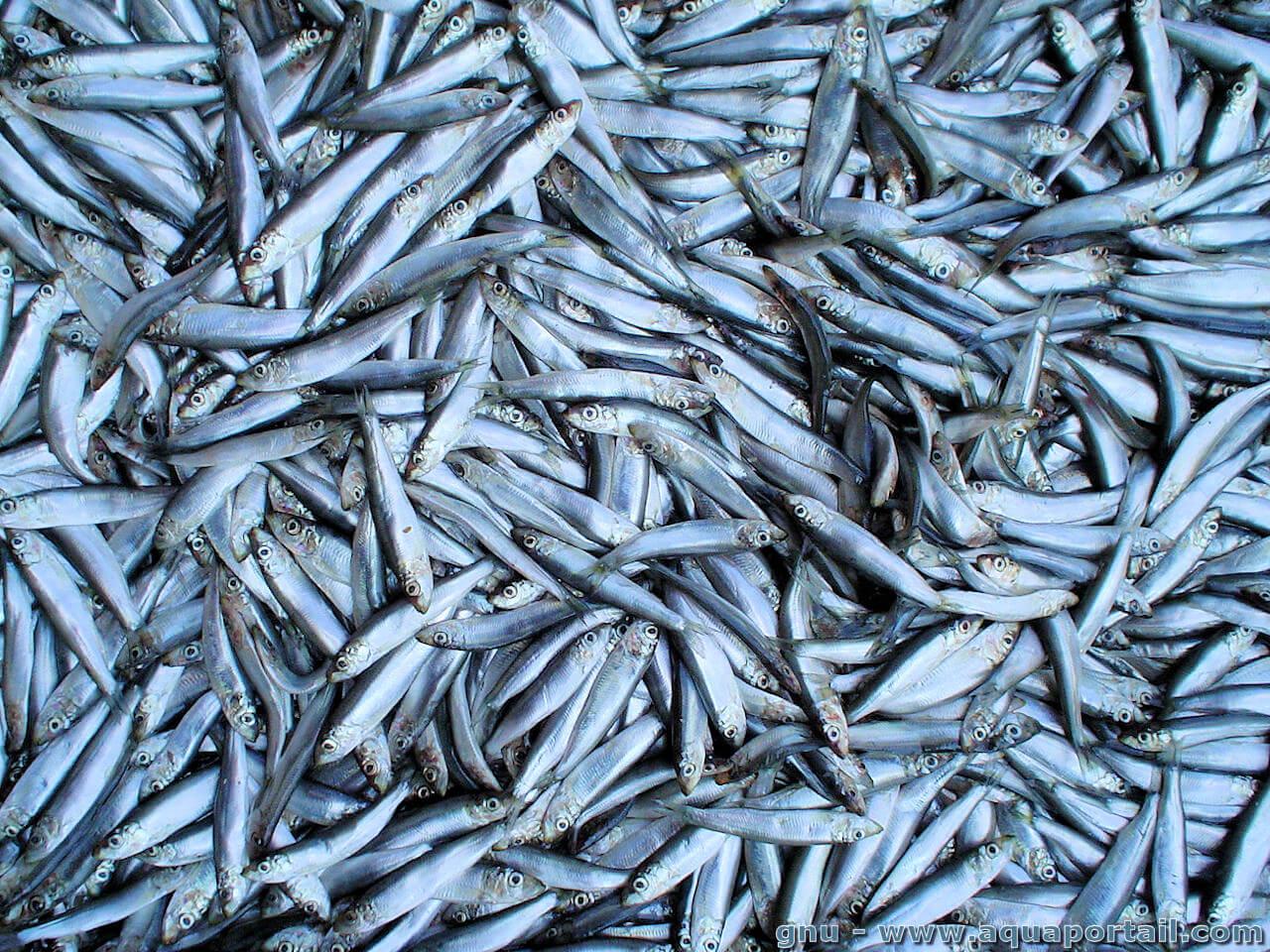 Sardina pilchardus (sardine)14 Jul 2023
Sardina pilchardus (sardine)14 Jul 2023
